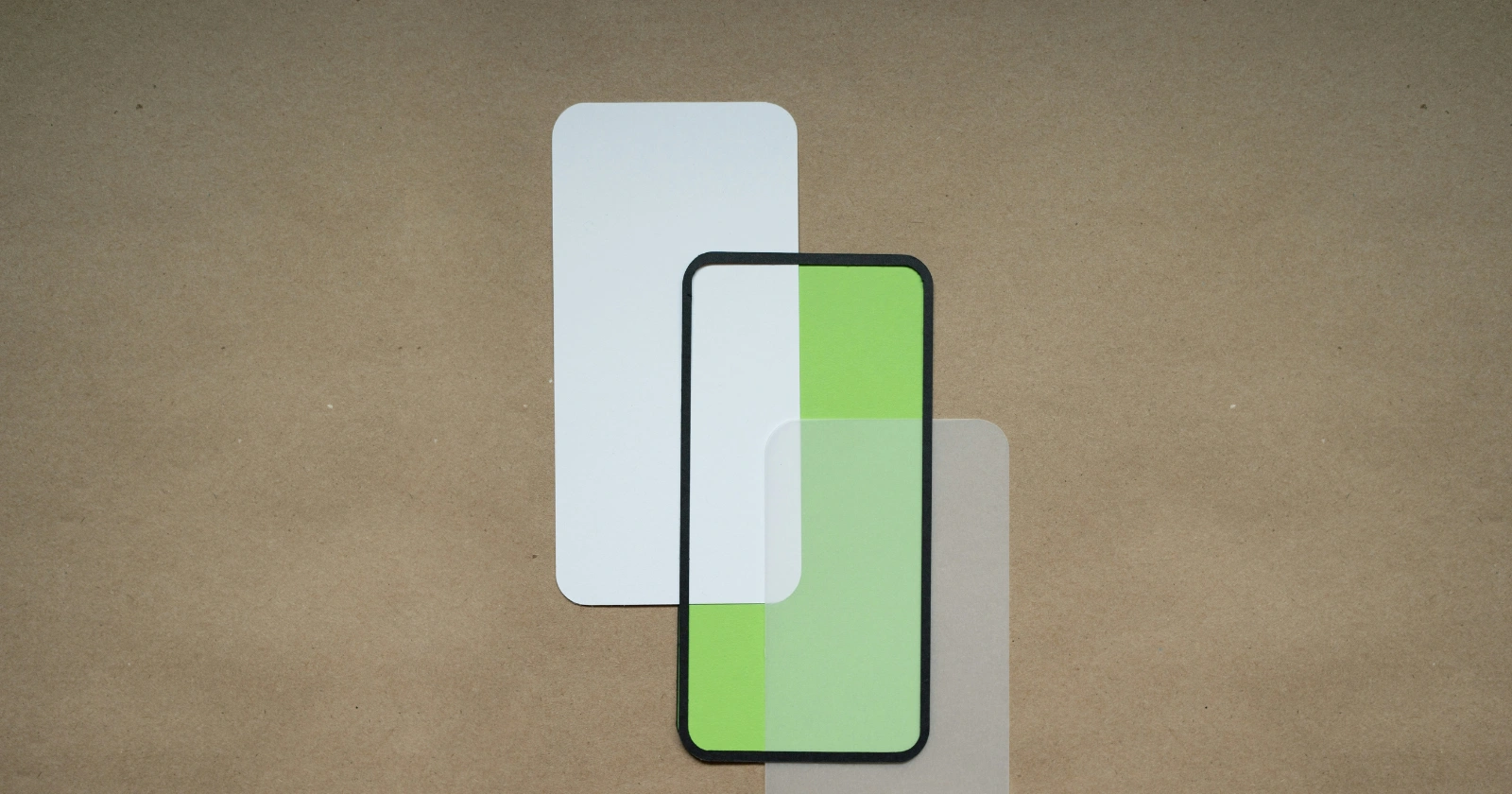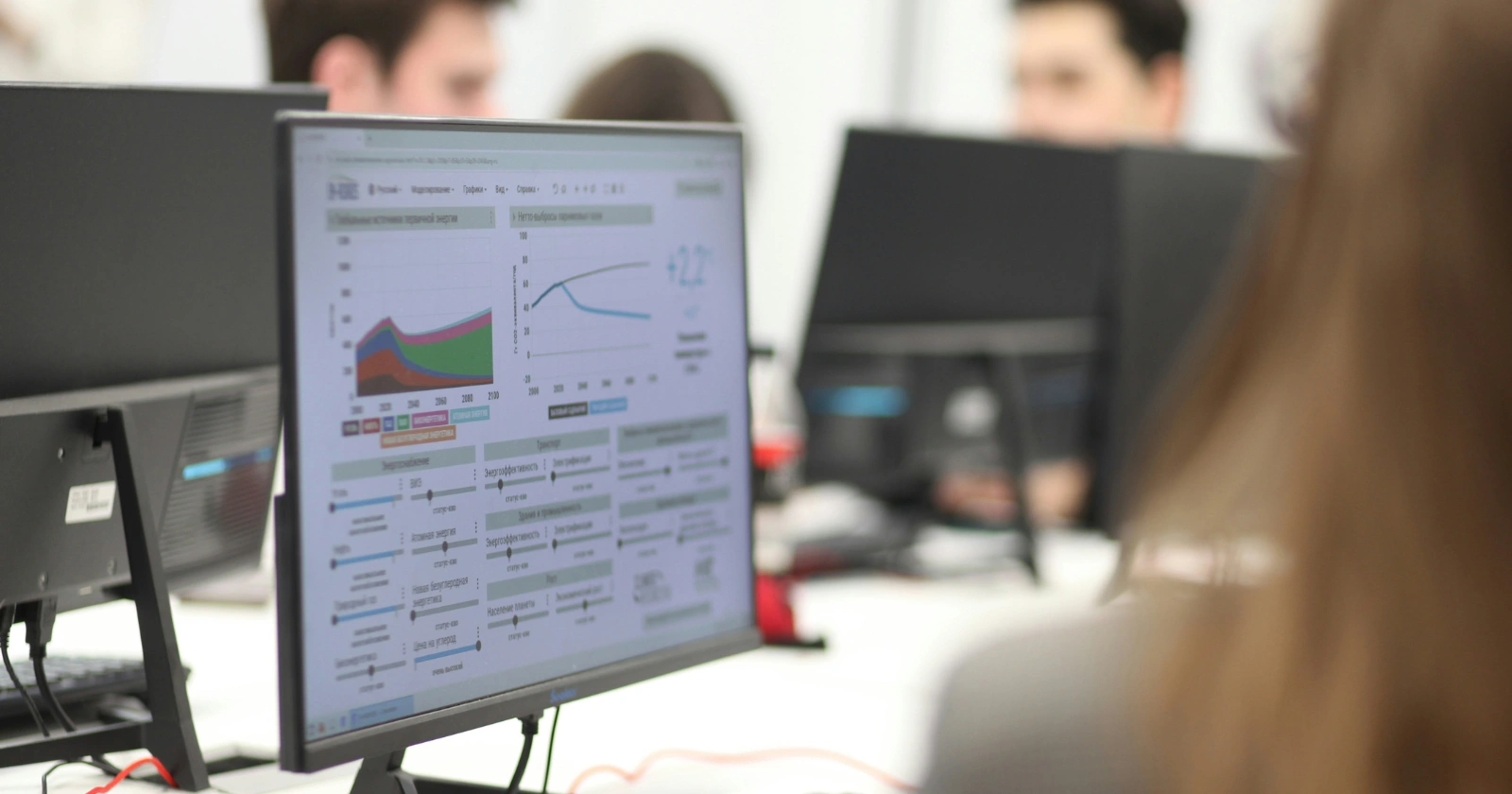Artificial intelligence has swiftly integrated into daily life, reshaping industries from healthcare to finance, and education stands at the forefront of this transformation.
Schools across the United States have begun adopting AI tools, with districts reporting increased use for tasks like lesson planning and student assessments.
Recent surveys indicate that a significant portion of educators view AI as a double-edged sword, offering efficiency while raising concerns about job security and student engagement.
Experts from organizations such as the Pew Research Center highlight mixed sentiments among teachers, where high school educators express more skepticism compared to their elementary counterparts. Data shows that around 35 percent of high school teachers believe AI tools cause more harm than good in K-12 settings, reflecting broader anxieties about technology’s impact on traditional teaching methods.
Meanwhile, advancements in AI continue to evolve, with projections estimating the global AI education market to reach substantial growth by 2030, driven by personalized learning platforms.
This shift prompts a deeper examination of how AI complements human educators rather than supplanting them. Stories from classrooms reveal instances where AI assists in grading essays or generating customized content, allowing teachers to focus on mentorship and emotional support.
As the back-to-school season unfolds each year, the conversation around AI’s place in education grows more urgent, balancing innovation with the irreplaceable human elements of teaching.
AI’s Emergence in Modern Education
Artificial intelligence tools have become commonplace in schools, from chatbots aiding homework to algorithms analyzing student performance. In recent years, platforms like ChatGPT have gained traction, with nearly 20 percent of teens reporting its use for schoolwork, according to recent studies. This adoption stems from AI’s ability to handle repetitive tasks, such as automating administrative duties that once consumed hours of educators’ time.
School districts in states like Idaho and Indiana have embraced these technologies, viewing them as enhancements to the learning environment. Superintendents emphasize that AI serves as a supportive tool, helping to address persistent teacher shortages estimated at one in eight positions remaining unfilled or underqualified in 2025. Such shortages, exacerbated by post-pandemic challenges, highlight AI’s potential to alleviate workloads without diminishing the core role of teachers.
Yet, the integration raises questions about equity and access. Urban districts with better resources often lead in AI implementation, while rural areas lag behind, potentially widening educational gaps. Initiatives from the federal government, including contests encouraging students to develop AI projects, signal a push toward widespread adoption, aiming to prepare the next generation for a tech-driven workforce.
Debating AI’s Potential to Replace Teachers
Concerns about AI displacing educators persist, fueled by predictions from experts. A Pew Research study reveals that 31 percent of AI specialists anticipate fewer teaching jobs over the next two decades, placing the profession at risk. This outlook aligns with broader workforce trends where automation transforms roles in various sectors.
However, many education leaders counter this narrative, asserting that AI cannot replicate the human connection essential to teaching. Teachers provide empathy, inspiration, and nuanced guidance that machines lack, particularly in fostering social and emotional development. For instance, during discussions on historical texts, educators facilitate reflective dialogues that AI summaries often flatten, as observed in high school classrooms.
In practice, AI acts more as an assistant than a substitute. Tools automate grading and lesson preparation, freeing teachers to engage in mentorship and creative instruction. This hybrid model, supported by organizations like Teach For America, suggests that AI enhances rather than eliminates teaching positions, potentially improving retention by reducing burnout.
Student Perspectives on AI in Learning
From the viewpoint of learners, AI’s presence in education elicits both excitement and apprehension. High school students report using tools like ChatGPT for annotations and problem-solving, which can streamline tasks but sometimes undermine critical thinking. Incidents of copying AI-generated content during class discussions on literature illustrate how reliance on technology might erode the depth of academic engagement.
The normalization of these shortcuts has altered classroom dynamics, diminishing the shared intensity of completing assignments under deadlines. Previously, late-night efforts to finish homework built discipline and camaraderie among peers. Now, with AI offering instant solutions, students may miss out on developing perseverance and independent problem-solving skills.
Despite these drawbacks, positive applications exist. AI enables personalized pacing, allowing students to grasp concepts at their own speed. This adaptability proves beneficial in subjects like algebra, where visual aids and step-by-step explanations from AI can clarify complex ideas, complementing teacher-led instruction.
Transforming Teacher Roles Through Automation
AI excels at automating routine tasks, reshaping how educators allocate their time. Grading assignments, generating quiz questions, and managing records become efficient processes, enabling focus on higher-order activities like curriculum innovation and student counseling.
Research from the Learning Policy Institute underscores this shift, noting that AI tools support teachers in delivering personalized content based on individual learning styles. In STEM fields, where shortages are acute, AI assists in creating interactive simulations, enhancing lesson quality without replacing human oversight.
Professional development plays a crucial role in this evolution. Districts like Philadelphia have introduced AI training programs in partnership with universities, equipping educators to integrate technology effectively. This preparation ensures teachers remain central, using AI to amplify their impact rather than diminish it.
Key Facts and Findings on AI in Education
Several studies provide insights into AI’s educational footprint. The global AI in education market reached $7.57 billion in 2025, marking a 46 percent increase from the previous year. This growth reflects widespread adoption of AI-powered platforms.
Teacher shortages remain a pressing issue, with areas like special education and STEM facing perpetual deficits. AI addresses these by handling administrative loads, potentially increasing retention rates. However, 25 percent of teachers report that AI does more harm than good, particularly in high schools.
Equity concerns arise, as higher-poverty schools show lower AI usage among educators. Principals in these settings are less likely to provide guidance on AI, highlighting the need for inclusive policies. Additionally, 60 percent of principals use AI for their work, indicating administrative benefits.
Innovative programs, such as those from the White House, promote AI literacy among students, fostering skills for future challenges. Yet, ethical issues like data privacy and bias in AI algorithms demand vigilant oversight to ensure fair outcomes.
Pros and Cons of AI in Classrooms
| Aspect | Pros | Cons |
|---|---|---|
| Efficiency | Automates grading and planning, saving time for teachers. | May lead to overreliance, reducing hands-on practice for students. |
| Personalization | Tailors lessons to individual needs, improving engagement. | Risks exacerbating inequalities if access is uneven. |
| Accessibility | Provides resources for diverse learning styles and disabilities. | Privacy concerns with data collection and usage. |
| Innovation | Sparks creativity through tools like image generation. | Potential for cheating and diminished critical thinking. |
| Support | Assists in administrative tasks, reducing burnout. | Cannot replace human empathy and connection. |
This table illustrates the balanced impact of AI, drawing from sources like the World Economic Forum, which emphasize collaborative approaches.
Preparing Educators for an AI-Integrated Future
Training programs emerge as vital for equipping teachers with AI skills. Half of U.S. districts now offer professional development on generative AI, doubling from the previous year. These sessions focus on ethical use, integration strategies, and mitigating risks like bias.
Educators learn to leverage AI for enhanced instruction, such as using platforms for adaptive learning. This preparation fosters confidence, turning potential threats into opportunities. Collaborations with institutions like Harvard’s Graduate School of Education advocate for dancing with technology, where teachers and AI coexist harmoniously.
Policy frameworks guide this transition, ensuring AI supports rather than supplants human elements. The National Education Association’s policy statement calls for inclusive development, involving diverse stakeholders to create equitable systems.
Hybrid Models: AI and Human Synergy
The future envisions hybrid learning environments where AI and teachers collaborate seamlessly. AI handles data analysis and content delivery, while educators nurture creativity and emotional growth. This synergy promises more engaging experiences, as seen in platforms that personalize education for millions.
Challenges like climate impact from AI’s energy use require sustainable practices. Nonetheless, the model prioritizes higher-order skills, preparing students for a world where AI is ubiquitous. Examples from companies like Squirrel Ai demonstrate improved accuracy in student learning through combined efforts.
Ethical Considerations in AI Adoption
Ethics form the backbone of AI integration. Biases in algorithms can perpetuate inequalities, necessitating diverse input in development. Privacy risks demand robust protections, ensuring student data remains secure.
Transparency in AI decisions builds trust, with guidelines from UNESCO advocating for skills that thrive in digital worlds. Balancing innovation with safeguards ensures AI serves education’s greater good.
Global Trends Shaping AI in Education
Internationally, AI adoption varies, with some countries leading in policy. The OECD explores how AI influences curricula, emphasizing adaptability. In the U.S., initiatives like Melania Trump’s AI contest engage students creatively.
Trends indicate job creation in AI-related roles, such as specialists and designers, offsetting potential losses. This evolution underscores education’s need to adapt, fostering lifelong learning.
Conclusion
As artificial intelligence continues to weave into the fabric of education, its role emerges not as a disruptor but as a catalyst for positive change. Teachers remain indispensable, offering the empathy, adaptability, and inspiration that define meaningful learning.
By automating mundane tasks, AI empowers educators to cultivate deeper connections, personalize instruction, and nurture critical thinking in students. This partnership holds promise for addressing longstanding challenges like shortages and inequities, provided that policies prioritize inclusivity and ethical standards.
Looking ahead, the education landscape will thrive through collaboration, where technology amplifies human potential rather than overshadowing it. Stakeholders must commit to ongoing training, equitable access, and vigilant oversight to harness AI’s benefits fully.
Ultimately, this balanced approach ensures that future generations receive an education that is innovative, compassionate, and prepared for the complexities of tomorrow’s world, blending the best of machine efficiency with the irreplaceable warmth of human guidance.
FAQs
Artificial intelligence in education refers to technologies that simulate human intelligence, such as chatbots for tutoring or algorithms for personalized learning paths.
AI streamlines tasks like grading papers and creating lesson plans, allowing more time for student interaction and creative teaching.
No, AI lacks the emotional intelligence and adaptability needed for mentorship and handling complex student needs.
Potential issues include data privacy breaches, algorithmic biases, and reduced critical thinking if overrelied upon.
By analyzing student data, AI adjusts content difficulty and pacing to match individual strengths and weaknesses.
Professional development should cover ethical use, integration techniques, and identifying AI-generated content.
AI reduces workloads, potentially improving retention, but cannot fill roles requiring human connection.
Frameworks from organizations like UNESCO emphasize equity, transparency, and inclusion in AI development.
By providing devices and training to all districts, regardless of funding, and addressing digital divides.
Advancements may include AI-driven virtual realities for immersive learning, combined with teacher-led discussions for holistic education.



